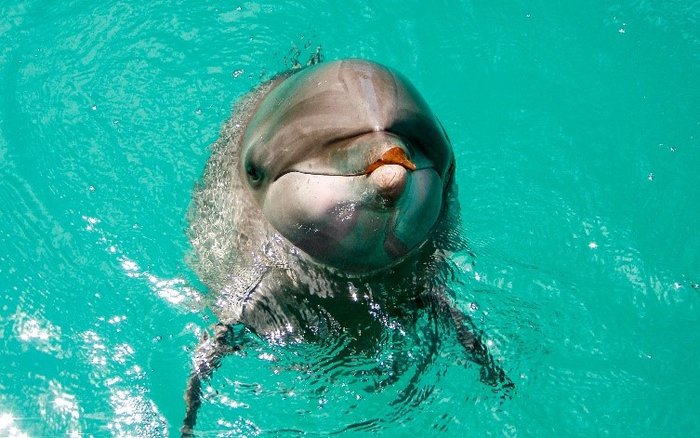Echolocation: How a Biological GPS Helps the Ocean’s Animals

You use advanced GPS technology to navigate your Chaparral through unfamiliar waters—but did you know that many creatures of the deep have their own form of biological navigation, built right in?
In today’s blog, we will be exploring echolocation—the unique biological tool and the animals who use it every day. Take a look!
Sounding off
Echolocation may seem mystifying, but the logistics lie in the name! Animals who use echolocation produce sounds that echo off other objects, like natural structures or other animals themselves. When the echolocating animal hears those echoes as they return, it can determine how large an object is or how near or far it might be.
While the exact mechanisms of echolocation vary from species to species, the ones who possess this ability are able to measure the time delay and difference in intensity between echoes hitting each ear to judge their surroundings.
Echolocators of the sea
Sea animals—specifically toothed whales and dolphins—aren’t the only echolocators in the animal kingdom—bats, for example, are famous users of this biological system—but they do make up a primary chunk of echolocating animals. Why is that? A few reasons include…
- The acoustic-friendly conditions of the sea. The acoustics underwater present an environment that transmits low, bellowing echoes with ease. While you might not be able to discern specific words or sounds underwater, echoes bounce around and back toward the echolocators to let them “hear” their way through the water.
- A lack of light. While the ocean gets lighter and lighter as animals move closer to the surface, even the lightest patch of water still has less visibility than the land itself. For this reason, it makes sense that toothed whales would develop the ability to echolocate—it provides a much easier alternative to traditional sight, and gives these animals a chance to feel out their surroundings even if visibility is low.
- Moving water and turbidity. The movement of water below the surface can be distracting to animals as they try to see and feel their way through the water. With echolocation, however, dolphins and whales can get a sense of their space without being thrown off by the swishing and splashing of nearby disturbances.
If this one-of-a-kind locating system prove anything, it’s that natural marvels can often be more interesting than anything you’d find on the market!
Bookmark & Share
Previous Article
Next Article
